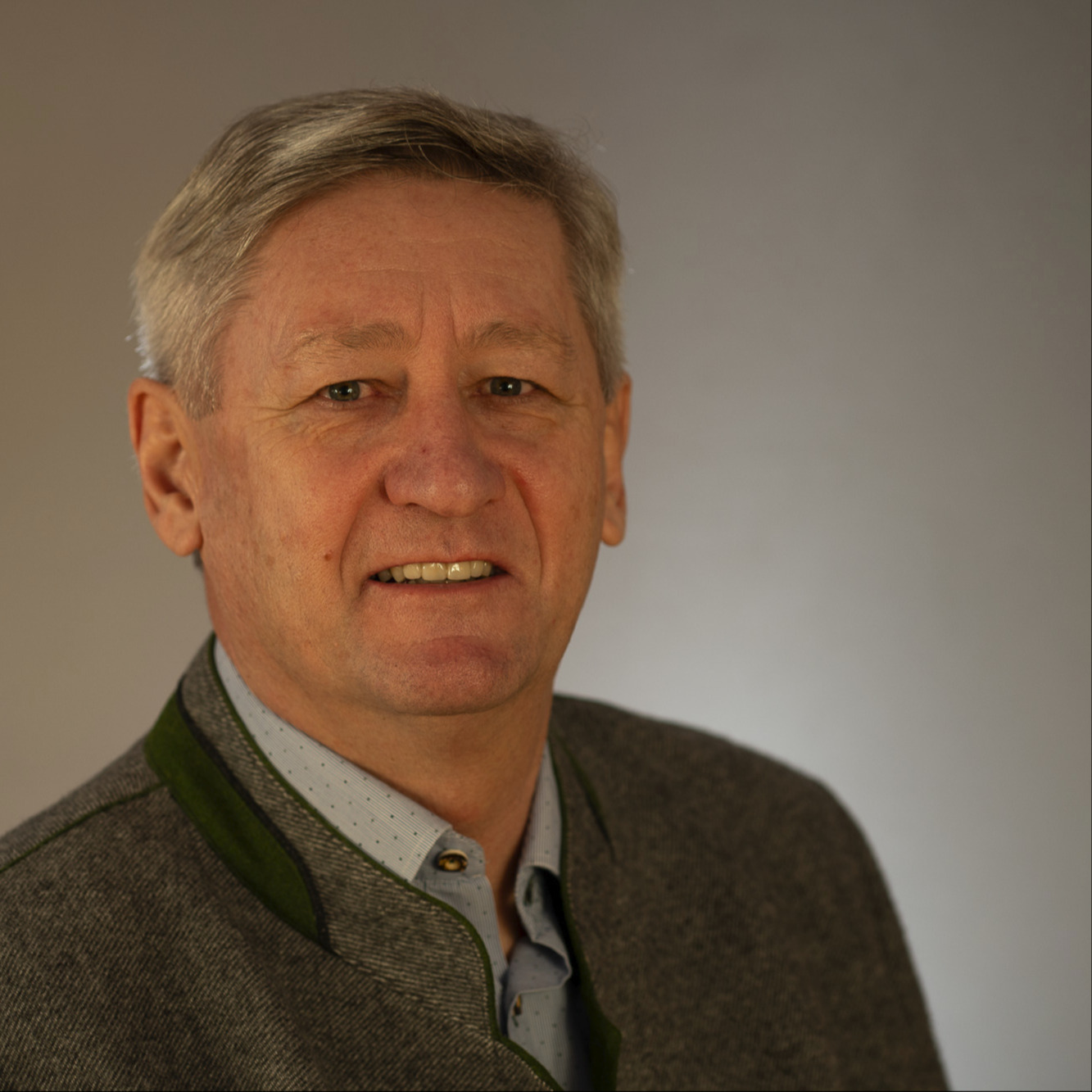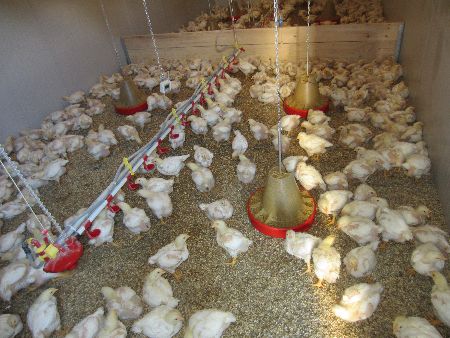These facts led to the poultry industry's request for a large-scale project to investigate emission reduction options for the various types of poultry (broiler chickens, pullets, laying hens and turkeys). The aim is to reduce emissions within the stable with an improved stable climate, improved animal health and, as a result, lower pollution.
Livestock farming is confronted with enormous problems in terms of emissions and the resulting immissions. The problems with residents and authorities in the approval process for stables are increasing rapidly. In addition, due to legal changes in various federal states, it is also possible to intervene in existing and approved stables, particularly in the case of neighboring problems.
As a result, the authority has the possibility by law to impose subsequent regulations regarding emissions and immissions from agriculture. This creates enormous uncertainty for existing operations and planning uncertainty for future expansions. This makes it all the more important to introduce verified and recognized measures to reduce emissions inside and outside the stable building.
Systems of a certain size fall under the IPPC directive, whereby in addition to an operating license, the application of “best available technology” (“BAT” or German “BVT” – “best available technology”*) with a view to avoiding environmental pollution, Energy efficiency and waste disposal are required. National authorities are responsible for issuing permits. In addition to industrial facilities, this guideline also applies to the intensive keeping or rearing of poultry with more than 40,000 places.
The EU with the IPPC office in Seville sets detailed requirements for future studies on emissions reduction and specifies the measurement technology to be used across Europe. It is also about Austrian proposals to reduce emissions for the BAT lists, also known as BREFS. If the data collected and the measures examined as part of the project are accepted by the EU, this should subsequently also be possible without any problems for the Austrian authorities in the states and municipalities.
The proposed project is intended to recognize the feed additives and reduction measures used as “best available technology”, since these products can then also be used and recognized by companies that do not have IPPC or EIA dimensions.







